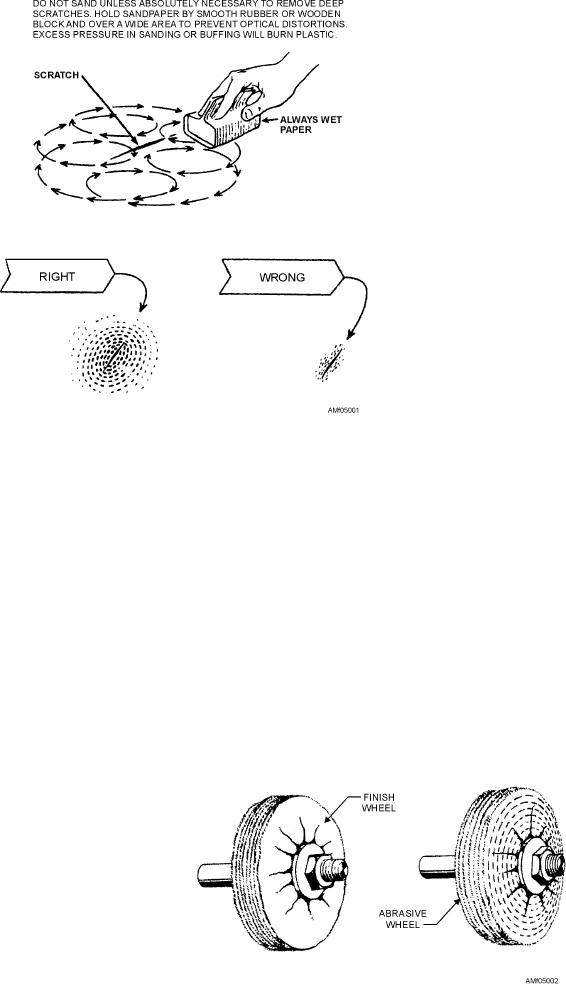
Figure 5-1.--Proper method of sanding plastic.
Plain tallow is often applied to the buffing wheel. It
Normally, you will never need abrasive paper
may be used in addition to buffing compound, or it may
coarser than No. 320A; however, abrasive paper as
be used alone. In the latter case, tallow functions
coarse as No. 240A may be used if the situation
similar to wax as it fills in hairline scratches and gives a
warrants. The abrasive paper is wrapped around a
high gloss to the surface.
felt-covered, wooden or rubber block, and the defective
area is rubbed lightly, using plain water or water with a
Buffing wheels are made of cotton cloth or felt. For
2-percent soap content as a lubricant. Use circular
removing scratches caused by sanding, an "abrasive"
strokes, as shown in figure 5-1. Never use a straight
wheel and a "finish" wheel are needed (fig. 5-2). The
back-and-forth motion. Sand an area about two or three
abrasive wheel, which is relatively hard and to which
times the length of the defect in order to minimize
buffing compound is applied, is used for removing the
optical distortion and excessive thinning of the plastic.
deeper scratches. The finish wheel, which is soft, is
The initial sanding should then be followed by similar
then used to bring the plastic to a high polish. Both
treatments, using successively finer grades of
wheels are made up of numerous layers of cloth discs,
sandpaper in the following sequence: Nos. 400A,
but the abrasive wheel is made hard by several rows of
500A, and 600A. Wash the plastic after each operation.
During each step, the deeper scratches lefty the
preceding grade of abrasive should be removed.
BUFFING.--To remove the fine, hairline
scratches caused by sanding, transparent plastic may be
buffed. It is often possible to remove scratches by
buffing alone, provided the scratches are not too deep.
There are a number of standard commercial buffing
compounds satisfactory for use on transparent plastic
enclosures. They are usually composed of very fine
alumina or similar abrasive in combination with wax,
tallow, or grease binders. They are available in the form
of bars or tubes for convenience in applying to the
buffing wheel.
Figure 5-2.--Buffing wheels.
5-3

